|
On a recent visit to the Philadelphia Museum of Art, we wandered into the new exhibition “Paint the Revolution: Mexican Modernism, 1910 – 1950.” It was not only a revolution in there; it was also a revelation for your not-so-humble blogger. Look, I know that Mexico has a lot more than Corona, tequila, and El Chapo; after all, the country is the source for all those hard-working people who cut your grass, clean your house, and cook your food. Seriously, Mexico is a fantastic country with a deep and amazing culture, a very complicated but compelling political history, beautiful natural wonders, a friendly and hard-working populace, and some pre-Columbian sites that are on par with (or ahead of) their contemporary equivalents across the oceans. Nonetheless, other than Rivera, Kahlo and Orozco, I was pretty much clueless when it came to Mexican artwork (other than what is on display at Taco Bell, haha). And what a mistake! As I discovered at PMA, there is mucho for me to learn about Mexican art. Of course, there was plenty of the big three on display at the PMA exhibit. In fact, there were huge video screens that showed via films the frescos of Rivera at the Ministry of Education building in Mexico City, and of Orozco at Dartmouth College. But there was a lot more than movies. In fact, there were pieces by many artists that I had never heard of that had painted some very cool and interesting artwork that is on par with the best that the world was producing in the 20th Century. And there is other adventurous art that would be appropriate in today’s galleries or at Art Basel Miami. I had never heard of David Alfaro Siqueiros or Rufino Tamayo. Oops. It’s sort of like me coming to the realization last December in Boston that John Singer Sargent was just an amazing American artist. Hey, better late than never, right? And with this Mexican show, PMA did a good job of bringing together art that documented and facilitated the political changes sweeping the country during the 1910 revolution and the violent and destabilizing period that followed it. Artists in Mexico were at the forefront of the revolution, painting propaganda, espousing political views on agrarian and “common man” themes, and generally pointing the direction to a more modern and more inclusive regime that included all Mexicans, not just those of European descent. So expect a lot of works showing Zapata and other “common man” heroes of the revolution. Alas, these artists also ultimately ended up becoming cheerleaders for one of the most repressive and murderous 20th century regimes, the USSR. They also opposed capitalism vehemently. But kudos to them for opposing, very early and quite stridently, fascism.
It’s hard to separate the art from the politics at times. Rivera, in particular, loved painting thematic pieces and large scale frescos that were politically charged, and mainly communist in nature. If you’ve ever seen his frescos at the Detroit Museum of Art (and you should – more on Detroit in a later post, I promise), you will know that he loved championing the working class and poking at the capitalist masters that “exploited” these workers. Nonetheless, there is much to admire in this exhibition, and PMA did a solid job in curating and displaying it. Of course, when you get to the end, there is a store hawking all kinds of Mexican stuff, and PMA kind of dropped the ball on this one. Expect lots of Day of the Dead and other modern Mexican “folk art” stuff that you can buy at a fraction of the cost across the border in Tijuana. But the nachos were great! Here are some other photos of artwork in the show that I found interesting and wanted to share with you. Thanks for reading and I hope you get a chance to see the exhibit. Back to rock 'n roll very soon, I promise.
0 Comments
Leave a Reply. |
AuthorMy name is Bill, and I live in the greater Philadelphia area. I love music, and I have a lot of opinions. This site is primarily focused on music, but sometimes I get off track. I hope you enjoy. Archives
November 2020
|
Photos from George M. Groutas, wonker, Me in ME, SchuminWeb
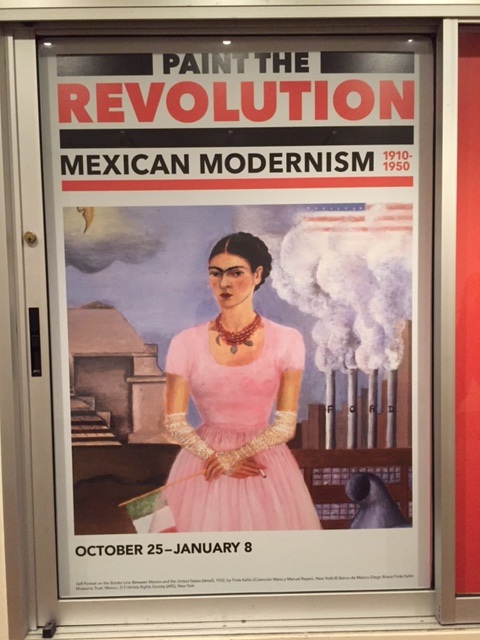
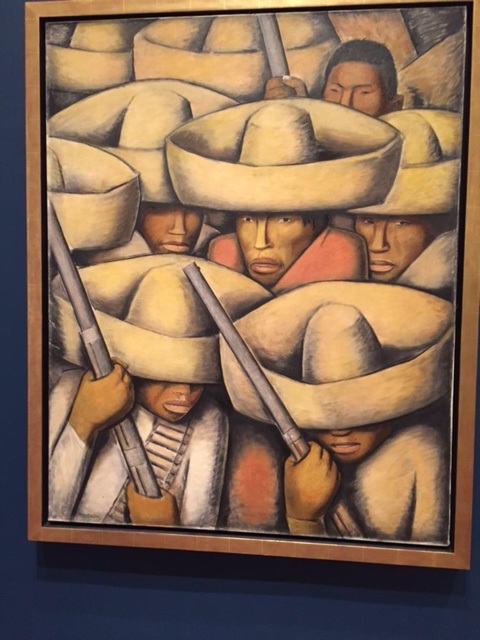
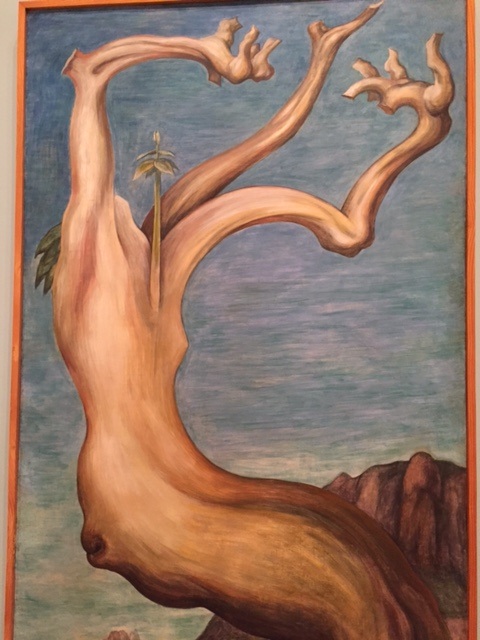
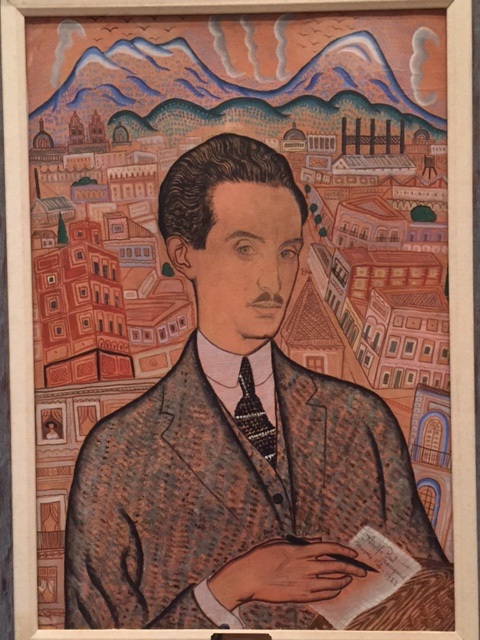
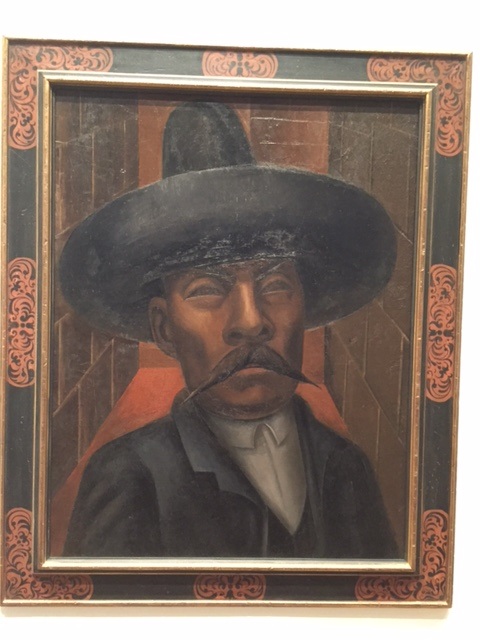
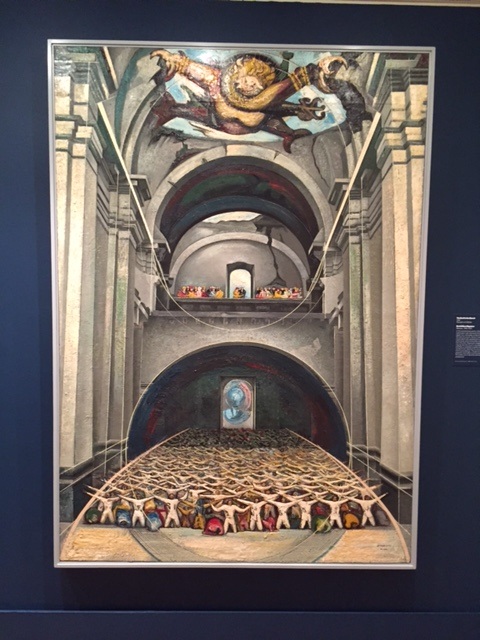
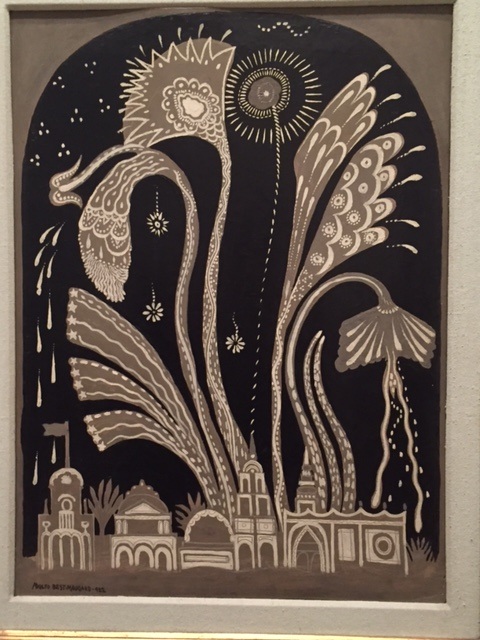
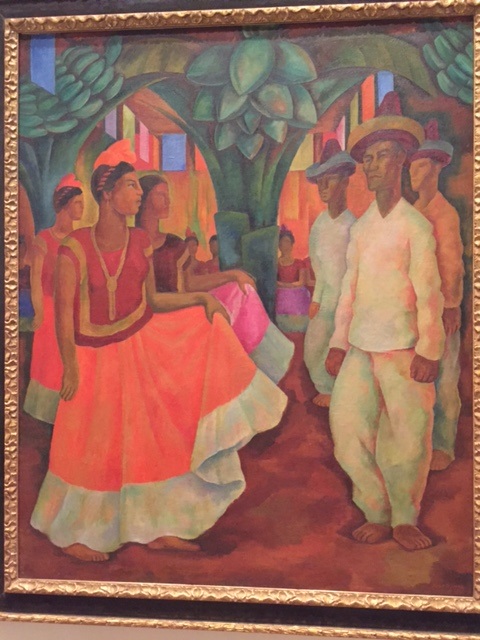
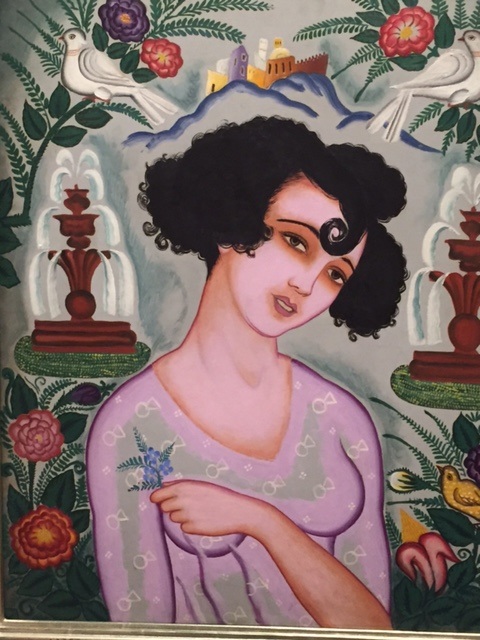
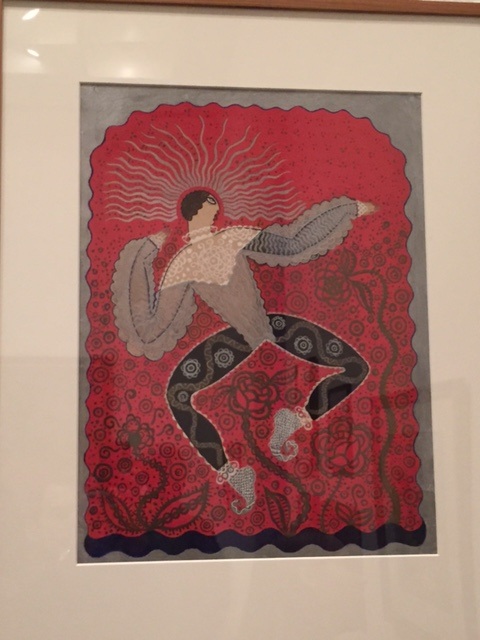

 RSS Feed
RSS Feed
